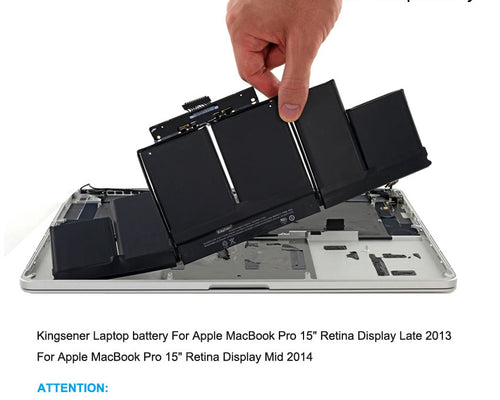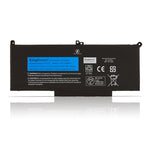您的购物车中没有商品。
我应该关闭 Mac 还是让它进入睡眠状态?

Computer experts are divided on whether it is better to shut down a computer between uses or leave it running all the time.
Without shutting down your MacBook, all your work is immediately available without waiting for the device to boot.
There are only a few minor downsides to never turning off your MacBook, and the decision to always turn it on comes down to your personal preference.
Sleep Mode and Standby
When you close the lid of your MacBook, the device automatically goes into sleep mode. MacBook shuts down all unnecessary processes, but keeps your work open so you can easily access it when you open the lid again.
Sleep mode uses battery power at a lower rate than normal. MacBooks released in late 2012 and later support Standby Mode, which activates one hour after Sleep Mode.
Standby saves the computer's state to flash memory and shuts down everything else -- a fully charged MacBook can last up to 30 days in standby mode.
Battery Life
Over time, sleep mode drains your computer's battery. If you often can't charge your MacBook for days, shutting down your MacBook between uses may be a better battery-saving plan.
If not, there's not much of a downside to turning the device on, although leaving the MacBook plugged in all the time can shorten battery life.

KingSener 11.36V 99.5Whr A1618 电池适用于 Apple MacBook Pro 15 inch Retina A1398 2015 年 020-00079 MJLQ2LL/A MJLT2LL/A 带工具
Refreshing and Updates
Every time you open a program or document on your computer, the data related to that program is loaded into your MacBook’s RAM. When you close an app or document, the data should unload, but the process isn't always as clean as users would like it to be.
It's good to shut down your MacBook every few days to clear the memory of possible fragmented apps and documents. Also, a reboot is required to apply software updates.
Long-Term Storage
One specific instance in which you should be deliberate about your MacBook’s status is when you plan to store the device for a long period without use. Apple recommends shutting the MacBook down and storing it with 50 percent of its battery charge to prevent capacity loss or the creation of a “deep discharge” state, which may prevent the battery from ever again holding a charge.
Other than that, letting your MacBook hibernate between uses has no major impact, as long as you regularly restart your MacBook to update and clear RAM.
If you want to learn more about batteries, please visit:BatteryMall.com/blogs/support








